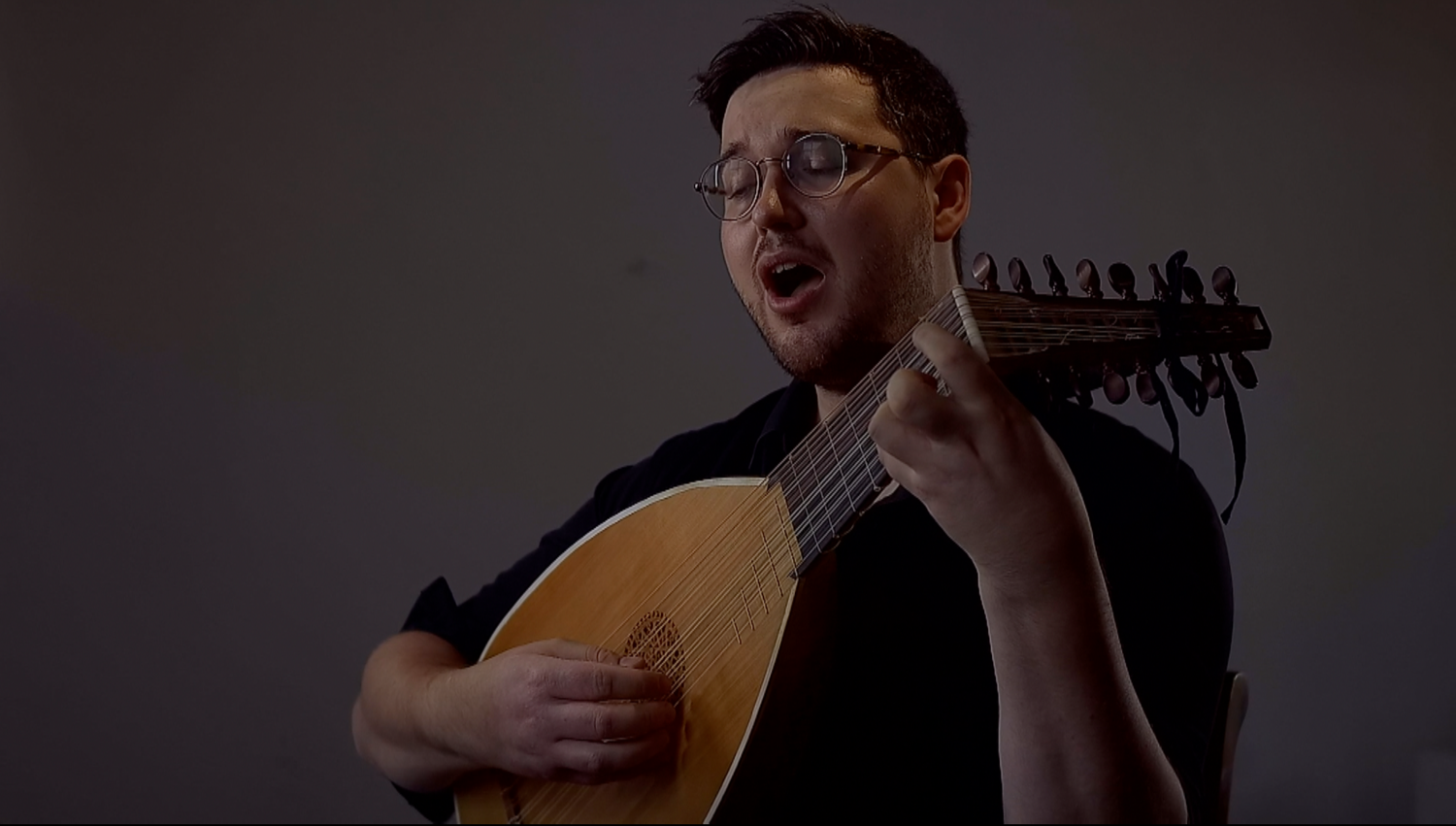‘It should be noted that the [ancient] tonoi were not sung as we do [ours], that is, the bass [singer] intones re or ut or some other note as low as possible, so that the harmonia does not vary except with respect to the [species of] octave, and in the rest of [the piece] the basses, tenors, and other parts sing in the same locations, the first hitting the low notes, the second the intermediate, and the third the high. But if the ancients intoned a note - for example, d sol re of one tonos - they reached for the octave according to that intonation...’
‘Avvertendo che non si cantavano i tuoni come facciamo noi, che sempre il basso intonando sia Re, o, ut, o, altra corda, facciamo sempre la loro intonatione quanto più possiamo bassa, e così l’armonia non varia se non quanto all’ottava che nel rimanente sempre i bassi, e tenori, e l’altre parti cantano ne medesimi luoghi: i primi toccando le corde gravi, i secondi le mezzane, e i terzi l’acute. Ma gl’antichi se intonavano una corda, pogniamo quella del [d] sol re, che fosse d’un tuono, ricercavano quell’ottava secondo quella intonatione...’
*Notes*
This extract is from the famous letter from Giovanni Bardi to Giulio Caccini, ‘on ancient music and good singing,’ dated to around 1578 by Claude Palisca.
Translation and Italian from Claude V Palisca, The Florentine Camerata : Documentary Studies and Translations(New Haven: Yale University Press, 1989).
It’s worth pointing out that prioritising the convenience of singers when it comes to the setting of pitch is commonplace in the sixteenth century, especially when instrumental transposition is discussed. A few other sources make similar comments about the method of setting pitch when singing without instruments:
Vincenzo Galilei (c.1588): ‘The bass singer has his eye for what tones the piece reaches, and he intones it according to the disposition of his voice, without respecting whether the piece ends on F or on C’
‘Quello che canta la parte del Basso, ha subito l’occhio à quanto la Cantilena ricerca, et seconda la dispositione della sua voce l’intuona; senz’altro rispetto ch’ella finisca in F, o in C...’ Italian found in Frieder Rempp, Die Kontrapunkttraktate Vincenzo Galileis (Cologne: Arno Volfk, 1980). Translation from Claude Palisca, Humanism in Italian Renaissance Musical Thought (New Haven and London: Yale University Press, 1986)
The notes of Antonio Calasanz, taken from a 1564 meeting of the singers of the Sistine Chapel: ‘formerly, when singing music, the voice which began first whatever it is - that is, soprano, tenor, alto or bass intoned as he wished.’
‘Antiquitatus in decantanda musica, vox que primo incipiebat [cuiuslibet vocis-in margin] videlicet supranus, tenor, altus, bassus intonabat ad libitum.’ Translation from Richard Sherr, “Performance Practice in the Papal Chapel during the 16th Century,” Early Music XV, no. 4 (November 1987): 453–62
William Bathe (1596): ‘Tune the first Note of any song as it serueth best for the voyce.’
William Bathe, A Briefe Introduction to the Skill of Song (London: Thomas Este, 1596).
The image below is from the frontispiece of Franchinus Gaffurius’ Practica Musicae (1496)



Comments